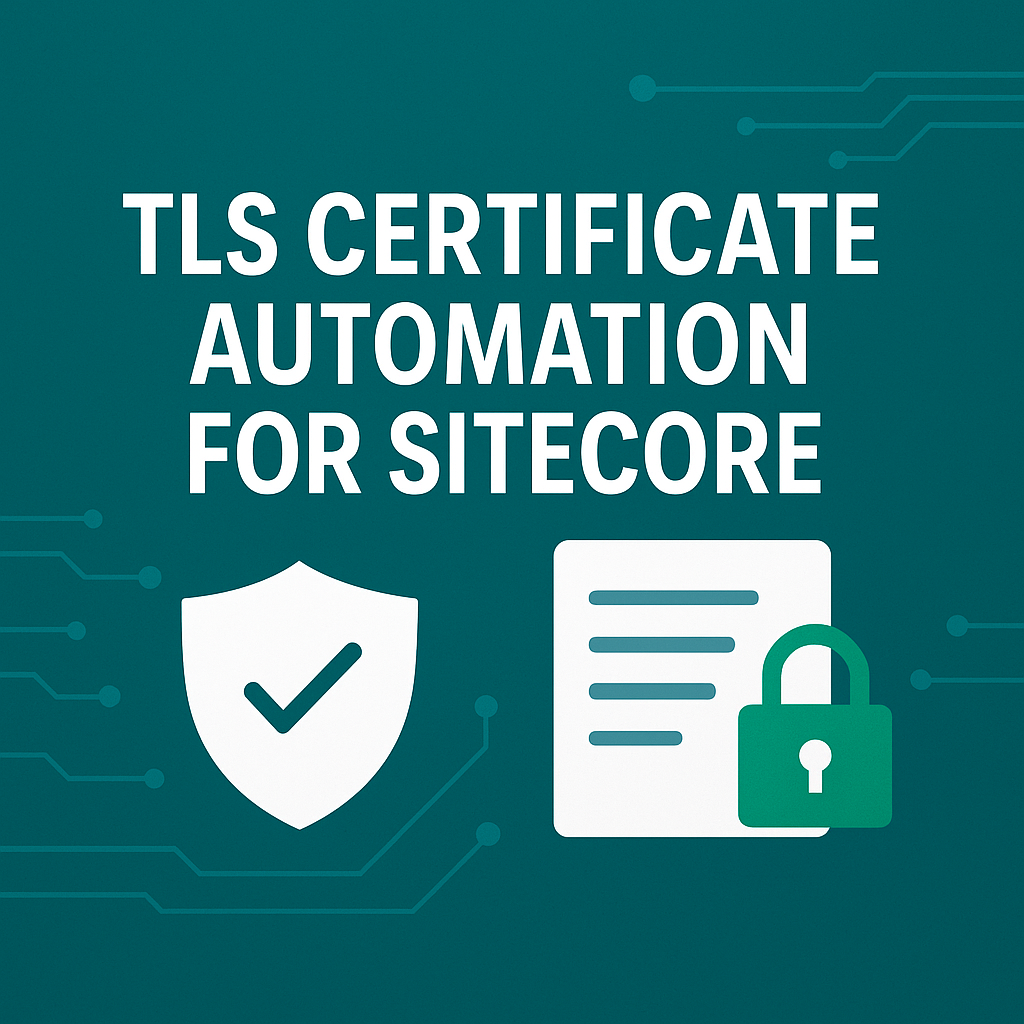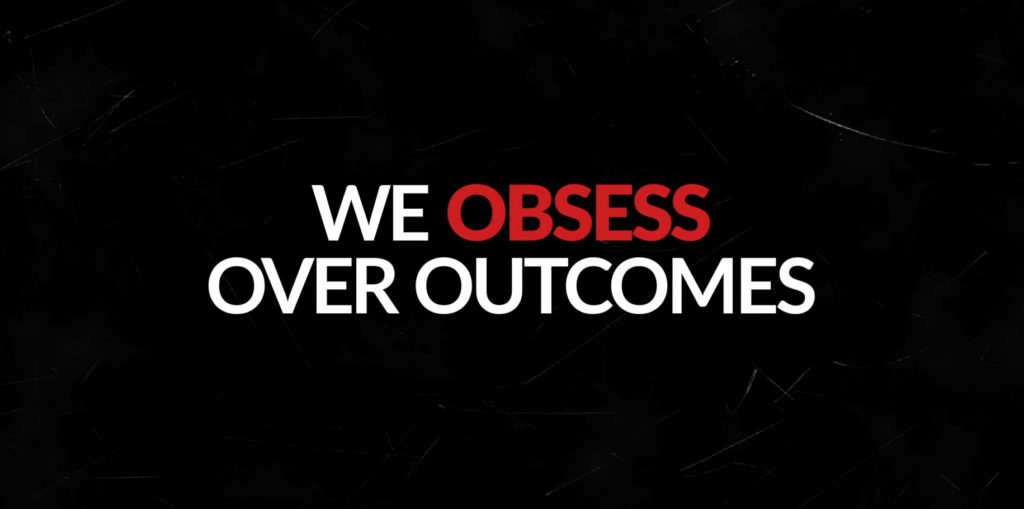Introduction About Drupal
Written in PHP and published under the GNU General Public License, Drupal is a free and open-source web content management system (CMS). At least 14% of the top 10,000 websites worldwide and 1.2 percent of the top 10 million websites use Drupal as its open-source back-end architecture. These websites range from individual blogs to business, political, and governmental sites. Systems also utilize Drupal for corporate cooperation and knowledge management.
The administrator can allow modules in the Drupal core to increase the capabilities of the base website.
There are Several Features Available in the core Drupal distribution, including:
Logs and access statistics
Advanced Lookup
E-books, forums, and comments
For better speed, use caching, lazy loading of material (using BigPipe), and feature throttling.
Lists of content can be created, managed, and displayed using a custom content type, fields, and user interface.
Detailed URLs
Layered menu structure
Multi-site assistance [58]
Editing and creating material for many users
RSS feed aggregator and feed
Notification of security and new release updates
Profiles of users
Different access control limitations (user roles, IP addresses, email)
Workflow devices (triggers and actions)
Introduction to Content Types in Drupal:
Many different material forms, such as educational pages, news articles, polls, blog posts, real estate listings, etc., could be found on a single website. Each piece of content is referred to as a “node” in Drupal. Each node is associated with specific content types that determine the default options for those nodes, such as whether the node is automatically published and if comments are allowed. (Take note that content kinds were referred to as node types in earlier iterations of Drupal.)
In this blog, we will be learning how to Create Content in Drupal, Modify Created Content in Drupal, and Delete Created Content in Drupal.
How to Create Content in Drupal?
Let’s learn about creating material in this chapter. The way that content is gathered and displayed in Drupal is determined by the content type. Articles and Basic pages are the two fixed content kinds that come with Drupal when installed. You can use different content kinds when you enable additional core and contributed modules by going to Modules.
The straightforward procedures for producing material are listed below.
First, select content as displayed on the ensuing screen
On the following screen, click Add content.
We have a variety of content types to pick from. We’ll go to the Basic page. On the subsequent screen, click the Basic page link as displayed below.
The screen that follows will be what we see next. After adding content to the page, we can click the Save button to store it. Using the save as dropdown, we can publish, save as a draught, and save as in review.
The information regarding the fields shown in the above screen is provided below.
Title – This information describes the page’s title. Write your page’s content in the “body” section.
You can specify a menu link in the menu setting.
URL path options — You can opportunistically specify a different URL through which your content can be accessible. Author information is specified in the authoring information section.
Publishing choices – You may use them to push your material to the main page and keep it at the top of the list there. Every piece of content is either published or not. Unpublished content cannot be accessed, whereas published content is accessible to visitors.
Finally, our page will be created and displayed on the following screen.
How Can Created Content be Modified in Drupal?
Let’s examine how to modify content in Drupal in this chapter. Any previously utilized content types, including Articles, Basic pages, and Blog entries, can have their content modified.
These straightforward procedures are used to change content.
Step 1 − Click the tab Content as shown on the following screen.
Step 2 − The following screen will appear.
Step 3 – We can change the Test Basic Page (developed in the chapter) (Drupal – Create content).
Click the Edit link to make changes to the content.
Step 4 – We can modify our content and click on Save.
Step 5 − We will see the following screen with updated content.
How to Delete Created Content in Drupal?
Let’s examine deleting stuff in this blog. Any previously written content, including Articles, Basic pages, and Blog entries, can be deleted.
The straightforward procedures to delete content are listed below.
Step 1: Click the Content as displayed on the screen that follows.
Step 2: To delete the Test Basic Page (created in the Drupal – Create Content chapter), click the dropdown arrow next to its row in the Operations section. Two options will then be displayed; select the delete tab to proceed to the screen that appears.
Step 3: After that, we will see the screen shown below. We must verify that the content has been deleted. If we want to erase something, click the Delete button; if we’re going to stop the process, click the Cancel button.
Step 4- As soon as your page has been erased, we will receive a confirmation notice, as displayed on the screen below.
Conclusion:
We learned how to create Content in Drupal, Modify Created Content in Drupal, and Delete Created Content in Drupal. We also got a brief introduction about the content type and to perform basic actions on content.





Leave A Comment